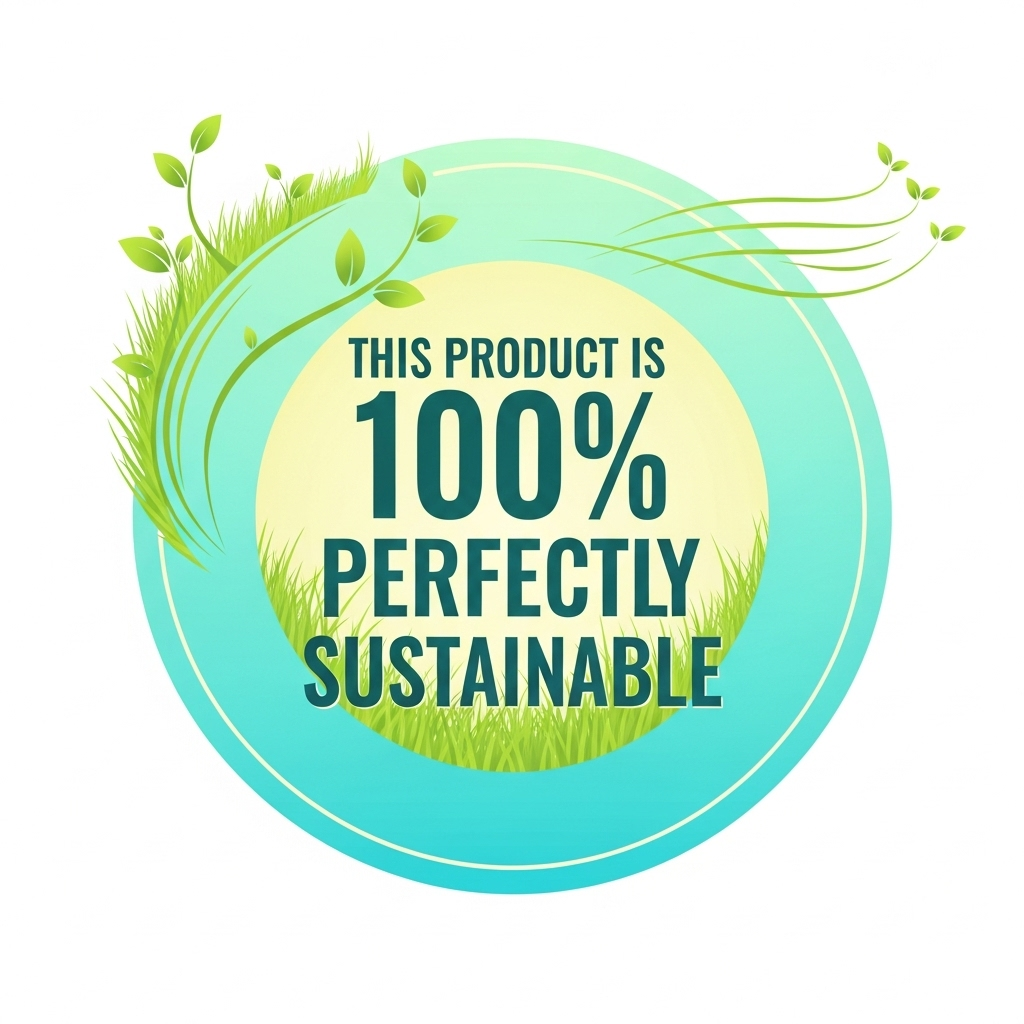Biodiversity and ecosystems
From loss to recovery: how organizations are turning their dependence on nature into strategic advantage
Biodiversity is under enormous pressure. And the Netherlands ranks worst of all EU member states with 15% of its original biodiversity remaining. This is a major problem that requires solutions. At the same time, it presents opportunities for companies. Indeed, organizations that take a strategic approach to their relationship with ecosystems create new markets, reduce risks and build resilience for the future.
Why biodiversity is critical for organizations
More than half of the world’s gross national product depends on natural ecosystems. And every euro you invest in nature pays you 8 to 38 as much. From agricultural pollination to water purification, from climate regulation to raw materials for pharmaceuticals, ecosystems provide “services” that organizations often take for granted.
But that obviousness is rapidly disappearing. About 1 million plant and animal species worldwide are currently threatened with extinction. Biodiversity has declined by as much as 73 percent in the last 50 years. The Netherlands is at the forefront of this negative trend: 90 percent of natural habitat types are in poor condition.
The three dimensions of ecosystem risk
For organizations, biodiversity loss translates into concrete business risks that directly affect continuity and profitability. These risks fall into three categories:
- Physical risks directly affect operational continuity. Poor harvests due to biodiversity loss, production interruptions due to water scarcity, or disruption of supply chains due to climate extremes.
- Transition risks arise from changing policies and regulations. For example, the CSRD requires large organizations to be transparent about their environmental impacts. Stricter environmental regulations may require operational adjustments and investments.
- Systemic risks threaten entire sectors when ecosystems collapse. Continued biodiversity loss will lead to tipping points after which recovery is no longer feasible.
The LEAP method: from risk to opportunity
The Task Force on Nature-related Financial Disclosures (TNFD) LEAP methodology provides a systematic approach for organizations to fully identify their nature risks and opportunities and prepare for all scenarios:
Locate
Where does interaction with nature take place? In proprietary processes, the value chain, or business locations in sensitive areas?
Evaluate
What ecosystem services does the organization use? Think clean water, pollination, climate regulation or biodiversity as a resource.
Assess (Analyze)
What are the material risks and opportunities? How vulnerable is the organization to biodiversity loss and where are new market opportunities?
Prepare
Develop strategies, set goals and implement measures to manage risks and seize opportunities.
Practical tools for ecosystem management
Ecosystem Services Valuation
Many organizations lack systematic understanding of the quantitative impact of their investments on natural ecosystems. The Ecosystem Services Valuation Database allows organizations to understand the monetary value of ecosystem services. This helps with investment decisions and risk analysis.
Science-Based Targets for Nature (SBTN).
Like climate goals, nature goals can be science-based. SBTN provides methodologies for setting concrete goals for biodiversity restoration that are consistent with ecological thresholds.
Nature-inclusive design
From green roofs and rainwater harvesting to biodiversity-friendly business parks. Organizations can transform their physical impacts from threats to contributions to local ecosystems.
Step by step to nature-positive business
The Task Force on Nature-related Financial Disclosures (TNFD) LEAP methodology provides a systematic approach for organizations to fully identify their nature risks and opportunities and prepare for all scenarios:
Step 1: Inventory dependencies
Map which ecosystem services are critical to your operations. Water for production, pollination for food production, or natural raw materials for pharmaceuticals. Indirect dependencies through the value chain are also relevant.
Step 2: Identify hotspots
Where are your business locations in relation to vulnerable ecosystems? Use tools such as WWF’s Biodiversity Risk Filter to screen locations for wildlife risks.
Step 3: Develop a nature strategy
‘Nature-positive’ thinking means that companies give more back to nature than they take away. Set concrete goals for reducing negative impacts and increasing positive contributions to ecosystems.
Step 4: Implement nature-based solutions
Invest in measures that serve both business goals and nature restoration. Consider natural water treatment, green infrastructure, or regenerative agriculture in the supply chain.
Step 5: Monitor and report
Measure progress against biodiversity indicators and share results transparently. This strengthens stakeholder trust and opens up new opportunities.
From environmental burden to competitive advantage
Organizations that proactively address biodiversity create strategic advantages. They get ahead of regulations, reduce operational risks and develop new revenue streams. By investing in biodiversity and ecosystems, companies can protect their natural resources, giving them long-term benefits and making their value chains more resilient.
From access to green financing to strong stakeholder relationships, nature-inclusive business is increasingly becoming a prerequisite for long-term success.
Pollination and food security
Of the 360 species of bees in the Netherlands, more than half are in danger of disappearing. For food industry organizations, this means direct threats to production and quality. Creating bee habitat and reducing pesticides is becoming a strategic imperative.
Water treatment and management
Healthy ecosystems filter water and prevent flooding. Disturbed water systems require organizations to invest in costly engineering alternatives. Nature-based solutions are often more effective and less expensive.
Climate regulation and carbon sequestration
Forests, wetlands and grasslands store large amounts of CO₂. Thus, organizations can combine their climate goals with biodiversity restoration by investing in natural carbon management.
Raw materials and biomaterials
From timber and natural fibers to pharmaceutical raw materials, many industries depend directly on biodiversity. Sustainable management and certification are becoming increasingly important for reliable supply chains.
Legislation as a catalyst
The CSRD requires large organizations to report on biodiversity impacts. With the introduction of the Corporate Sustainability Reporting Directive (CSRD), large companies are now required to report more transparently on their environmental impact, including their impact on biodiversity.
These regulations force action, but they also present opportunities. Organizations that proactively manage their nature impacts can position themselves as forerunners and gain trust from investors and customers.
From theory to practice
Biodiversity is not an abstract concept, but a concrete business case. The Netherlands may be a champion of biodiversity loss, but organizations that act now can make a difference. Seeing ecosystems as strategic partners rather than free resources creates room for innovation, collaboration and sustainable value creation.
It’s about a fundamental shift: from extraction to regeneration. From risk to opportunity. From cost to sustainable source of value. Organizations that make this shift are not only future-proof, but also help restore the natural systems on which we all depend.
Ready to turn biodiversity loss into strategic advantage?
Empact helps organizations develop practical and effective nature strategies. From LEAP analyses to developing nature-inclusive business models and ESG strategies, we work with your organization to make real impact.
Also discover how this connects to other environmental themes, pollution and sustainable value chains. Or just get in touch if you want to find out directly what opportunities biodiversity offers your organization.

Ecolabel? Don’t think so … or do you?
456. That’s the number of ecolabels worldwide, according to ecolabelindex.com. And more are added every year. As far as I am concerned, that says three things. First: sustainability

5 Examples of strong CSRD reporting: from pioneer CBS to retail giant Ahold Delhaize
The Corporate Sustainability Reporting Directive (CSRD) has given sustainability reporting a new dimension. Whereas previously reporting on ESG topics was often non-committal, large organizations must now be transparent

First Empact Impact Circles: “Sustainable Transitions”
An afternoon of connection, inspiration and lasting change On Wednesday, May 14, 2025, the very first Empact Impact Circles took place at our Haarlem office. With about 25
